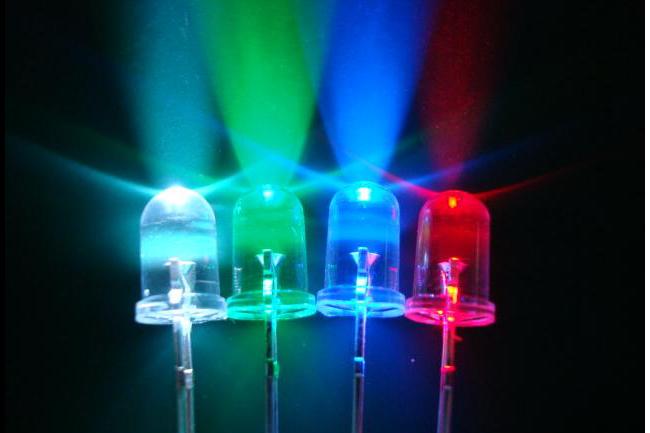
Almost everyone uses Wi-Fi every day and Bluetooth every so often. But these wireless technologies have a fatal flaw: they use radio waves to communicate. The problem with radio waves is that, although they offer decent speeds, they transmit data slowly, and the signal is often blocked or affected by equipment as simple as the microwave in your kitchen. However, a team of scientists are hard at work developing a new, extremely fast method of wireless communication, and it doesn’t use radio waves; it uses light from LED bulbs.
Light-based wireless communication, coined as Li-Fi by Harald Haas at a TED talk in 2011, is a method of internet connectivity that doesn’t use cables or radio waves, instead flickering the light from a special LED to transmit data just like your Wi-Fi adapter would. The technology is still being developed by researchers at the University of Edinburgh in the UK, but it already looks like it will be more effective and more secure than traditional radio-based communication.
Wi-Fi works by spewing out radio waves in all directions around your home or business from a wireless router. When your wireless device, such as a smartphone, detects the wireless radio waves, it connects to your wireless router, which then connects you to the Internet. The idea behind Li-Fi is almost identical, but instead of wireless radio waves being sent in all directions, it instead sends light shooting out to connect to your smartphone, laptop, or other devices. You wouldn’t even notice, but your LED lights would flicker at high speed, sending data all around your house.
Wi-Fi works by spewing out radio waves in all directions. Li-Fi does the same thing by flickering out light from a bulb.
The difference between Li-Fi and Wi-Fi though is that Li-Fi is much more secure. Li-Fi can only work when your device can detect the light being emitted by the Li-Fi router, meaning it will only work if you’re in the same room or area the light is being emitted. This means people passing by cannot connect and piggyback off of your Internet connection. And did we mention that it’s unaffected by RF-emitting equipment operating in the same room, such as a microwave or radio.
Li-Fi is also way faster; the latest Wi-Fi standard, 801.11ac, has a maximum possible speed of about 867 Megabits per second for a typical handheld. Li-Fi, meanwhile, can reach speeds up to 3.5Gbit/s per color – meaning a typical Red-Green-Blue (RGB) LED can emit speeds up to 10.5Gbit/s – more than 10 times faster than the latest Wi-Fi technology. These speeds offer a lot of potential for wireless connectivity.
What you also may not know is that light already is the most popular means to transmit data across long distances. Fiber optic cables send data as light through tiny strands of silicon. Fiber optics are the arteries of much of the modern internet, allowing fast transmissions of data around the world. Li-Fi uses light just as fiber optics do to transmit the information, but instead of maintaining it through the thin strand of fiber, it allows the light to spread out in all directions so devices all over the room can connect.
While it may be a few years before we see this technology in our homes, the potential is impressive. Even laboratory testing behind this new Li-Fi technology is showing great promise and speeds way beyond what Wi-Fi can handle in any real-world environment. If Li-Fi continues to perform with flying colors though, the idea of having any wired internet at home may soon become a distant memory.
Of course, this also means that if you want to watch your iPad in bed, you may need to keep the light on.


